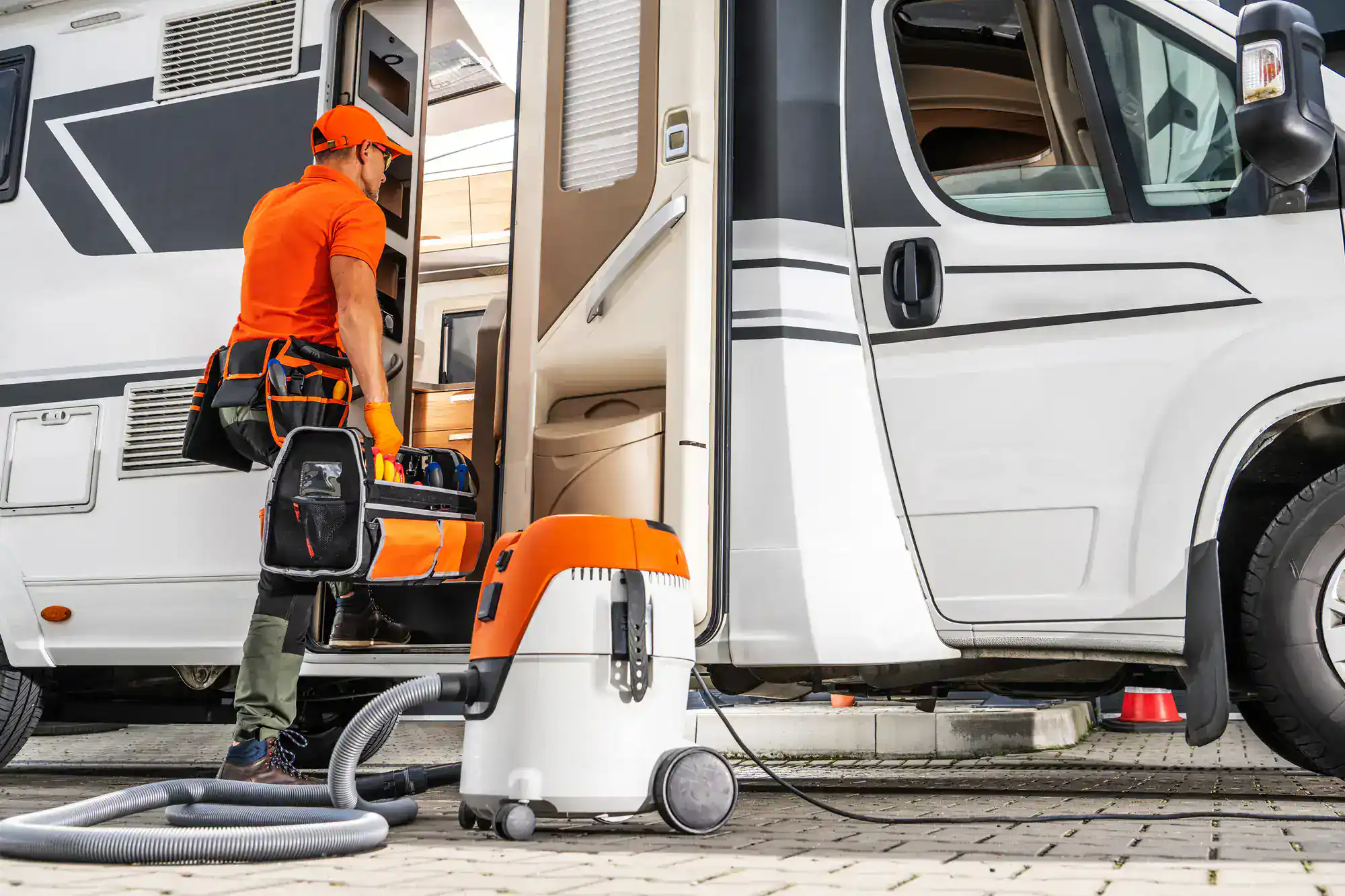
Hear from Our Customers
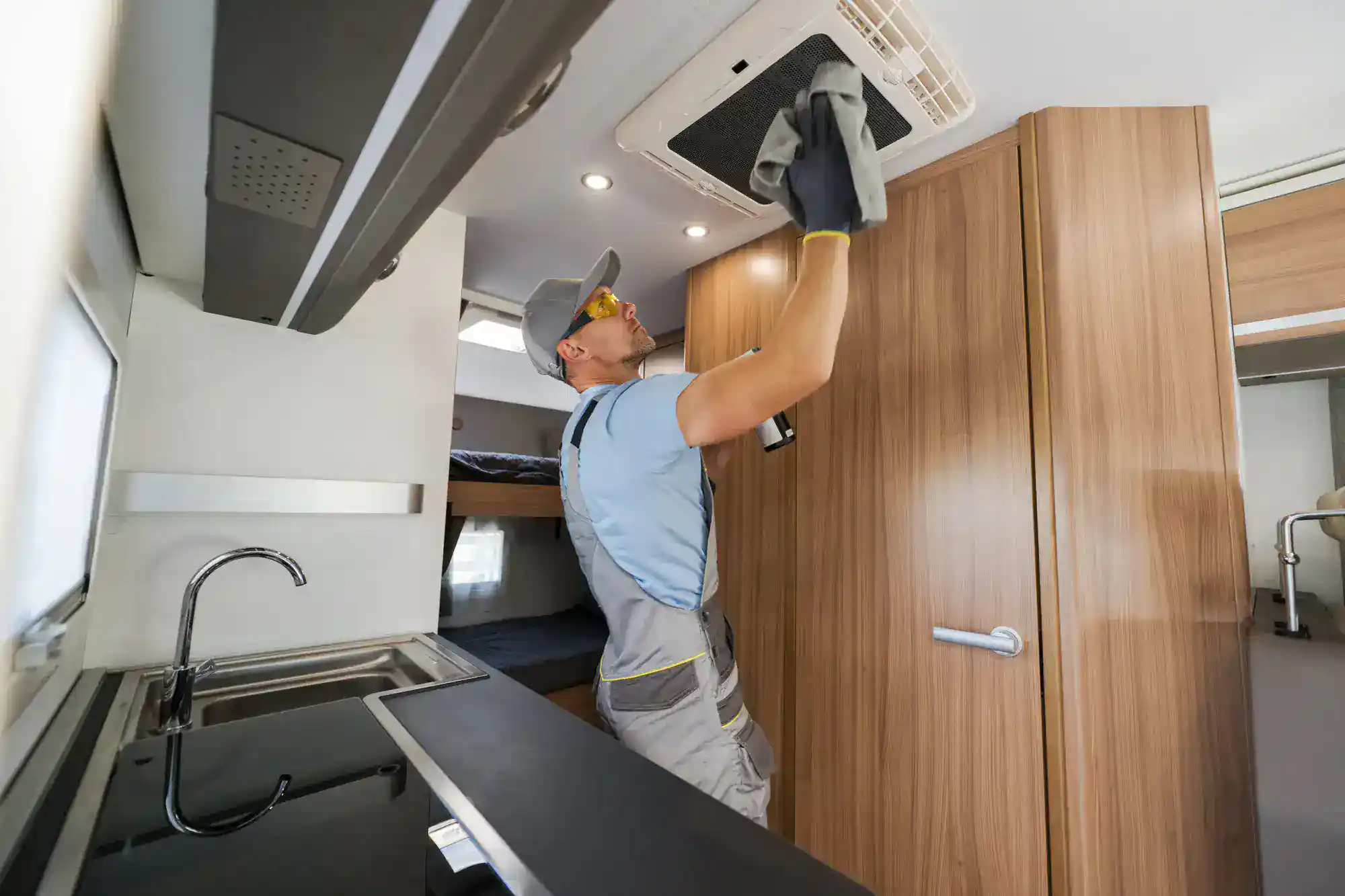
You sleep better knowing water isn’t slowly destroying your RV’s interior. Your family stays comfortable and dry during North Carolina storms. Your resale value stays intact instead of dropping thousands due to water damage.
No more towels catching drips from the ceiling. No more wondering if that brown stain is getting worse. No more canceled camping trips because you can’t trust your roof to hold up during weather.
A properly repaired RV roof means you focus on making memories instead of managing disasters. Your investment stays protected, and your peace of mind comes back for good.
We’ve built our reputation in Oak Hill and throughout Granville County by doing what we say we’ll do. Our certified technicians have seen every type of roof problem that North Carolina’s unpredictable weather can create.
We’re not the cheapest option, and that’s intentional. You’re not just paying for a patch job that fails in six months. You’re investing in repairs that actually last because we use quality materials and take the time to do things right the first time.
Located just 25 minutes from the Research Triangle, we serve RV owners who understand the difference between a quick fix and a real solution that protects their investment.
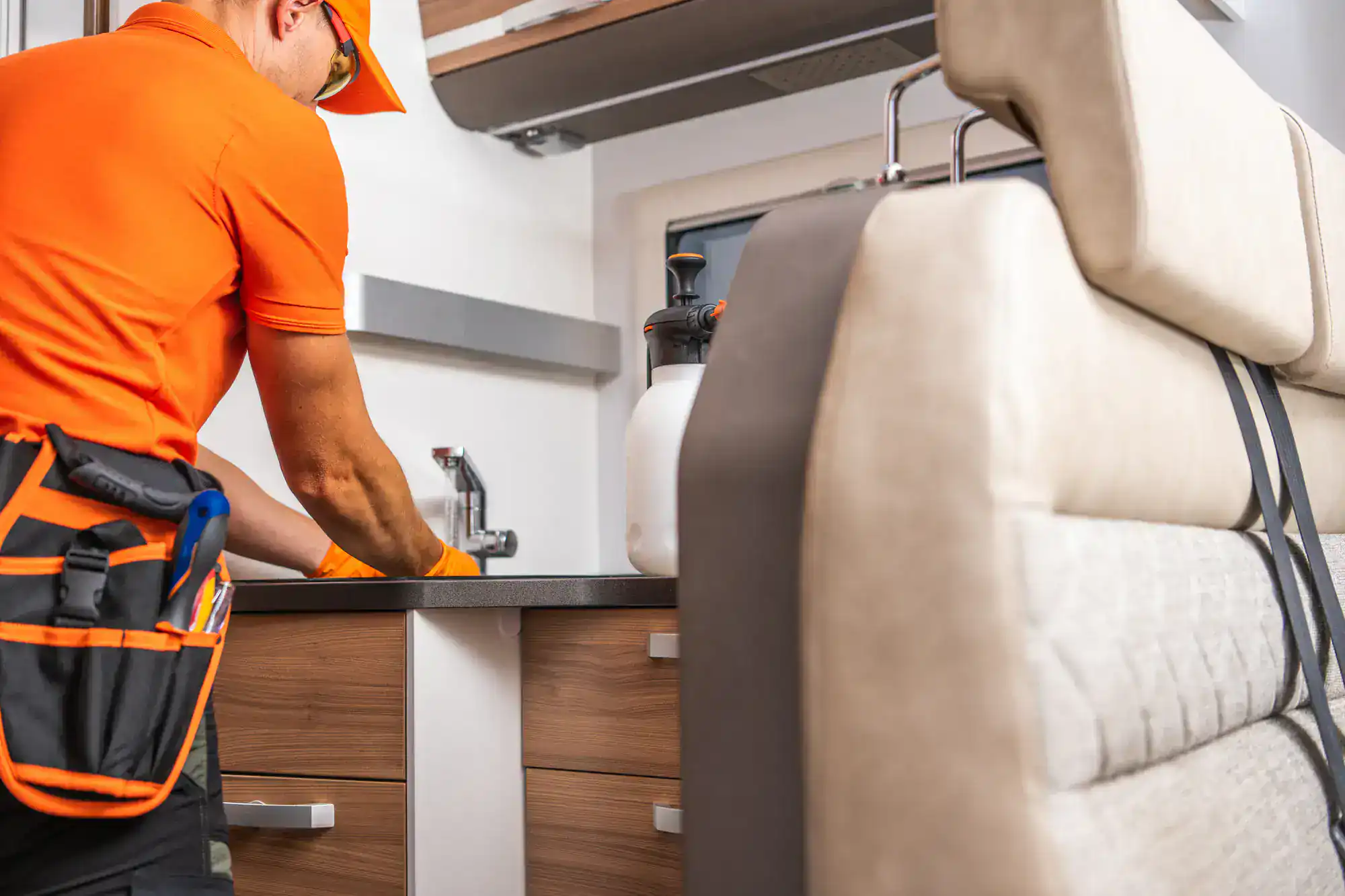
First, we inspect your entire roof system, not just the obvious problem areas. Most RV owners only see the leak inside, but we find the actual source and any other potential trouble spots that could cause problems later.
Next, we explain exactly what’s wrong and what it’ll take to fix it properly. No surprises, no upselling, just honest assessment of what your roof needs. We give you options so you can make the right decision for your situation and budget.
Then we get to work using professional-grade materials designed specifically for RV applications. We don’t use house roofing products on your RV because they’re completely different systems. When we’re done, we test everything thoroughly to make sure it’s watertight before you drive away.
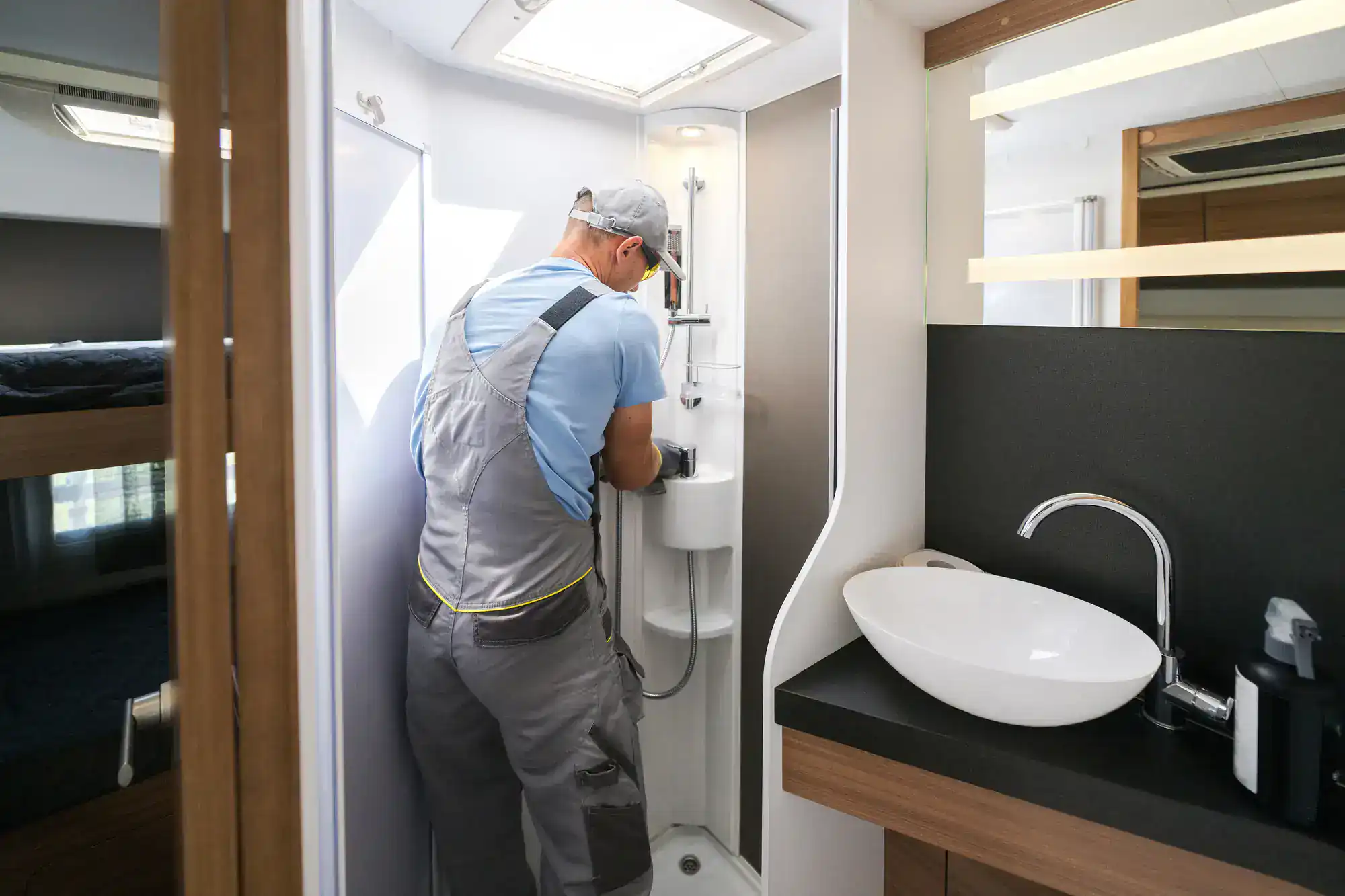
Ready to get started?
Every roof repair starts with finding the actual problem, not just treating symptoms. We check seals around vents, air conditioners, and antenna mounts because that’s where most leaks actually start in North Carolina’s humid climate.
We handle everything from EPDM rubber roof repairs to complete membrane replacement. If your roof can be saved with proper sealing and patching, we’ll tell you straight. If it needs replacement, we’ll explain why and show you the evidence so you can see for yourself.
Oak Hill’s weather puts extra stress on RV roofs with our hot, humid summers and occasional ice storms. We account for local conditions when recommending repair methods, using materials that hold up to North Carolina’s temperature swings and moisture levels year after year.
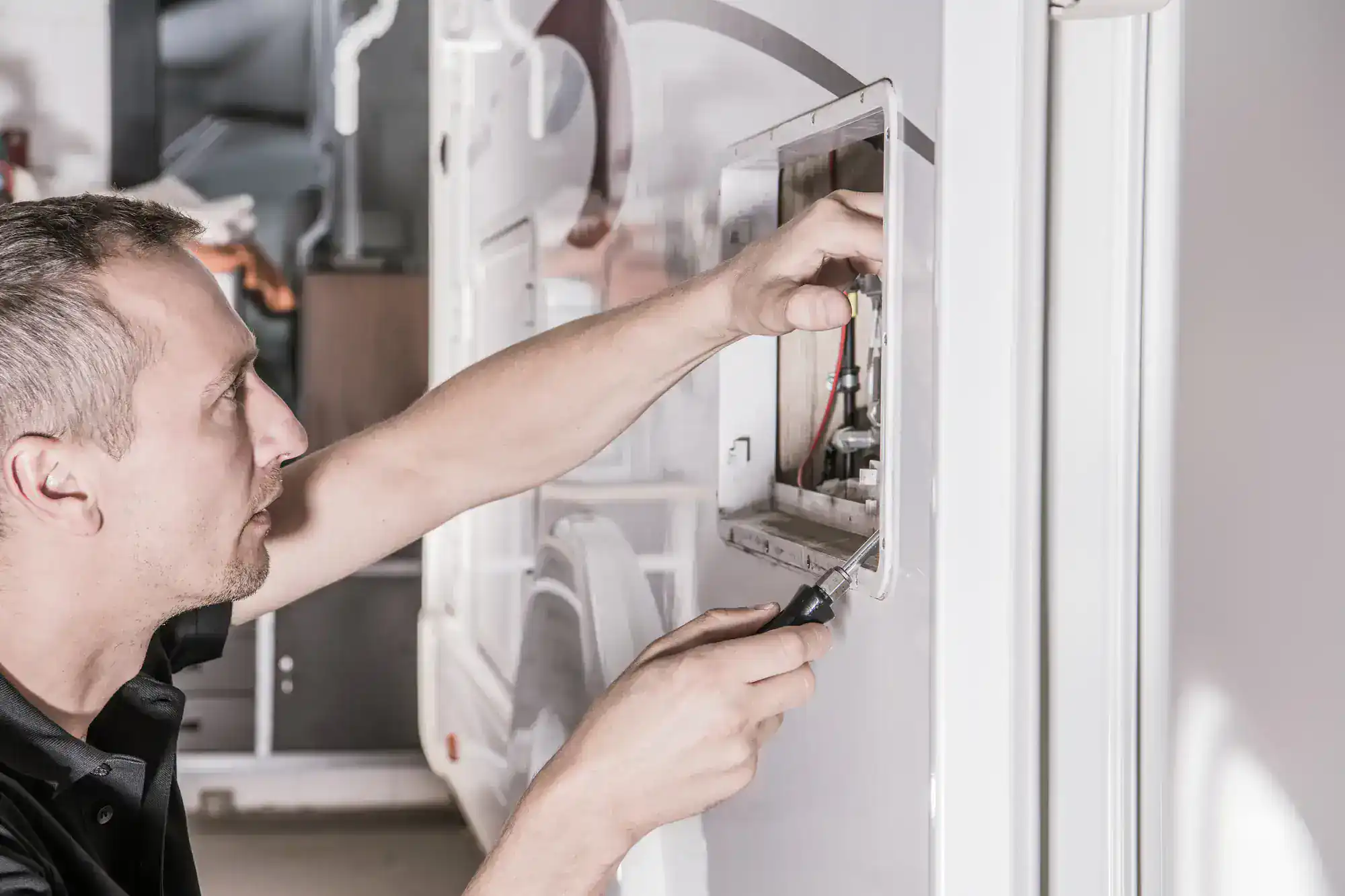
If you see water stains on your ceiling or feel moisture anywhere inside your RV, it’s already serious. What looks like a small stain usually means water has been getting in for weeks or months, spreading damage you can’t see yet.
Don’t wait for the leak to get worse hoping it’ll stop on its own. Water damage spreads fast once it starts, and what could be a $300 repair today becomes a $3,000 structural problem next month. Even small leaks can cause major damage to your RV’s wooden framework and electrical systems.
The biggest mistake RV owners make is thinking they can live with a small leak. There’s no such thing as a small leak in an RV – there are only leaks you haven’t fully discovered yet.
Roof repair fixes specific problem areas like failed seals, small tears, or localized damage. This works when the overall roof membrane is still in good condition and the damage is contained to specific spots that can be properly sealed.
Roof replacement means installing a completely new membrane system. This becomes necessary when your roof is 10-15 years old, has multiple leak points, or when the existing material has deteriorated beyond effective repair. It’s also needed when water damage has compromised the underlying structure.
We’ll always try repair first if it makes financial sense for your situation. But if your roof is near the end of its useful life, patching becomes throwing good money after bad. We’ll give you an honest assessment of which approach actually saves you money long-term.
Simple repairs like resealing vents or fixing small tears usually take 4-6 hours of actual work time. More extensive repairs involving multiple leak points or partial membrane replacement can take 1-2 full days depending on the scope.
Complete roof replacement typically requires 2-3 days, depending on your RV’s size and complexity. We don’t rush the job because proper curing time for sealants and adhesives is critical for long-term performance. Rushing leads to failures later.
Weather affects timing significantly. We won’t start roof work if rain is forecast within 24 hours because moisture interferes with proper adhesion. It’s better to wait for the right conditions than do a job that fails in the first storm.
Yes, but it requires regular maintenance that most RV owners skip until problems start. Inspect your roof every three months, looking for loose seals around vents and checking for any soft spots, cracks, or areas where the membrane looks stressed.
Clean your roof twice a year with RV-specific products, not household cleaners that can damage the membrane material. Remove debris like leaves and branches immediately because they trap moisture against the roof surface and create weak spots.
Most importantly, address small issues the moment you notice them. A $20 tube of proper sealant applied early prevents a $2,000 repair later. We’ll show you exactly what to look for during your repair so you can catch problems before they become expensive emergencies.
RV roofs use completely different materials and construction methods than houses. EPDM rubber, TPO membranes, and fiberglass require specialized knowledge and tools that regular roofers simply don’t have or understand.
RV roofs also flex and move constantly while traveling, creating stresses that house roofs never experience. The sealants and repair methods must account for this constant movement and vibration or they’ll fail within months of hitting the road.
Temperature extremes affect RV roofs differently too. Your roof might reach 140 degrees in summer sun, then drop to freezing overnight. Standard house roofing materials can’t handle these extreme cycles, which is why RV-specific products and techniques are absolutely essential for lasting repairs.
Simple seal repairs around vents and fixtures typically run $200-$500, depending on how many areas need attention and the type of sealant required. Partial membrane repairs or larger patches usually cost $800-$1,500 for most standard RVs.
Complete roof replacement ranges from $3,000-$8,000 depending on your RV’s size, the type of membrane system you choose, and any structural repairs needed underneath. These prices include proper preparation, quality materials, and professional installation with warranty.
Beware of estimates that seem too low – they usually mean corners will be cut on materials or preparation work. A roof repair that fails in two years isn’t a bargain. We price our work to last because that’s what actually saves you money over time.